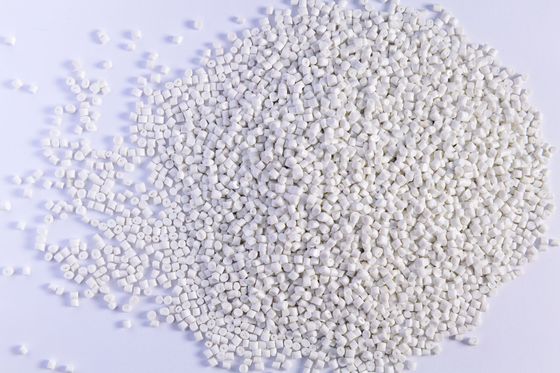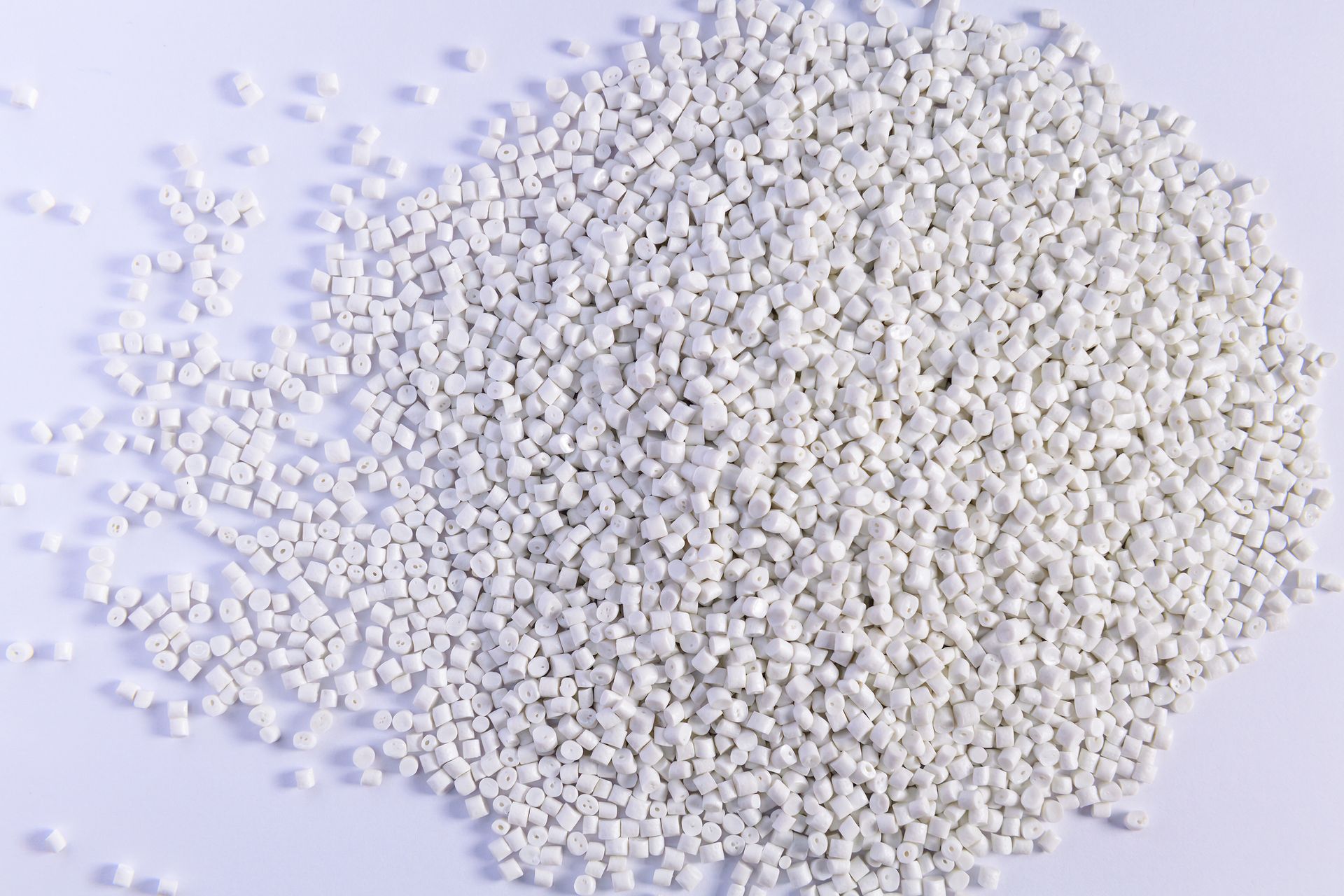Distribution of additive materials for plastics
The regeneration of plastics is an important process for the sustainable management of plastic waste and the reduction of environmental impact. However, the regeneration of plastics requires the use of additive materials to improve the properties of regenerated plastics. Desiccants are one of the most important additive materials used in the regeneration of plastics. These additives are used to remove moisture from regenerated plastics, which can adversely affect the quality of the end product. Desiccants are also used to prevent the formation of air bubbles inside the regenerated plastic during the transformation process.
Why recycle plastic
1. Reducing waste production
Recycling plastics helps reduce the amount of waste that ends up in landfills or the environment, thus limiting soil, water and air pollution.
2. Resource savings
Plastic recycling reduces the need to use new resources, such as oil and gas, for the production of new plastic, thus having a positive impact on the conservation of our planet's limited natural resources.
3. Job creation
Plastic recycling is labour-intensive, which could contribute to the creation of jobs in the recycling and waste management sector.
4. Pollution reduction
Recycling plastics helps reduce pollution of the environment, which is a threat to public health and natural ecosystems.
5. Reducing greenhouse gas emissions
The production of new plastic requires the use of fossil energy, which contributes to greenhouse gas emissions. Recycling plastics contributes to reducing the environmental impact of human activities on the climate.











